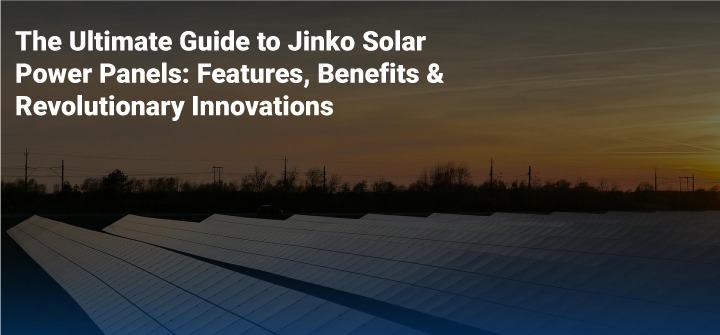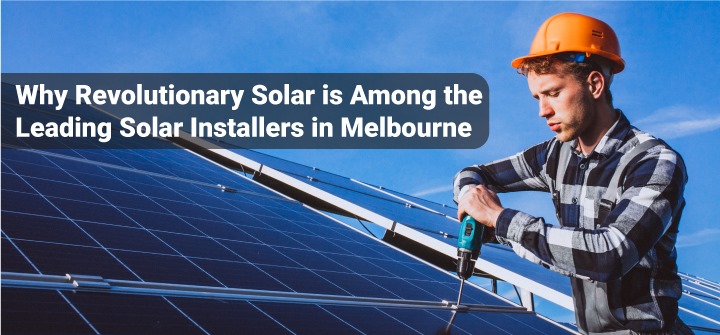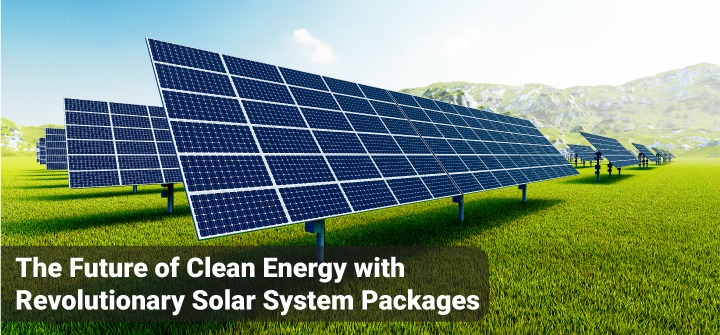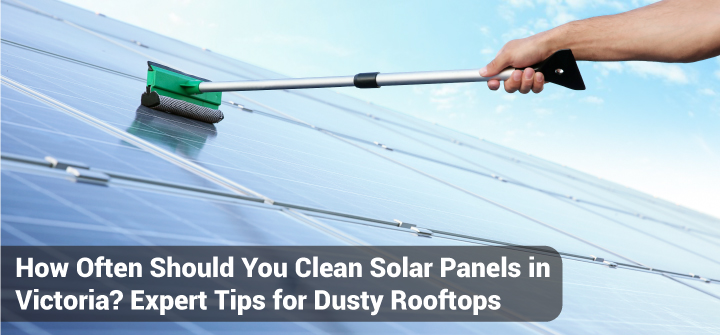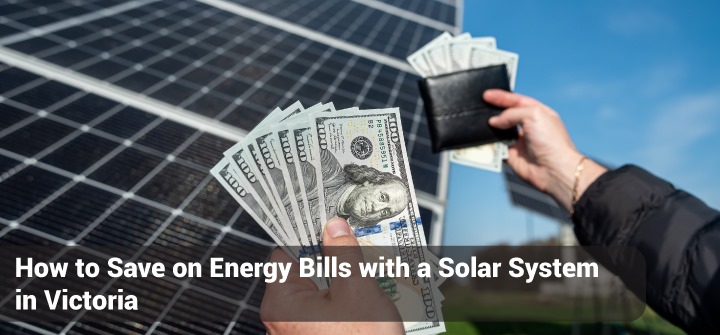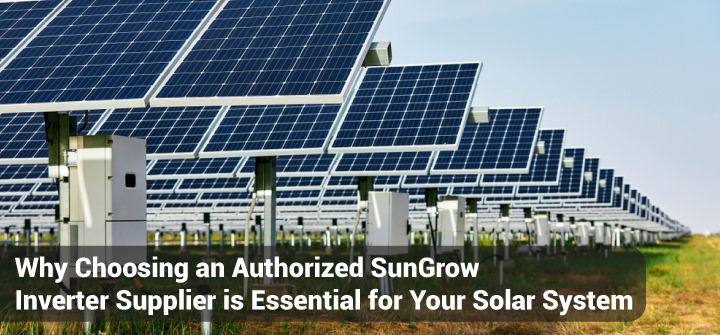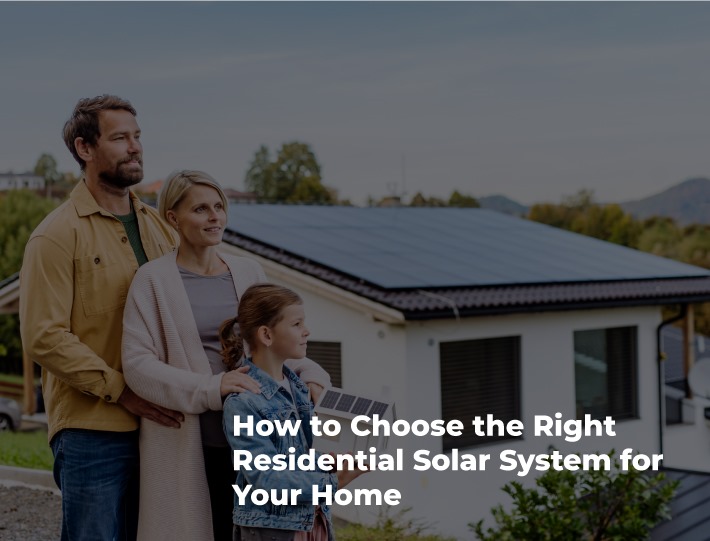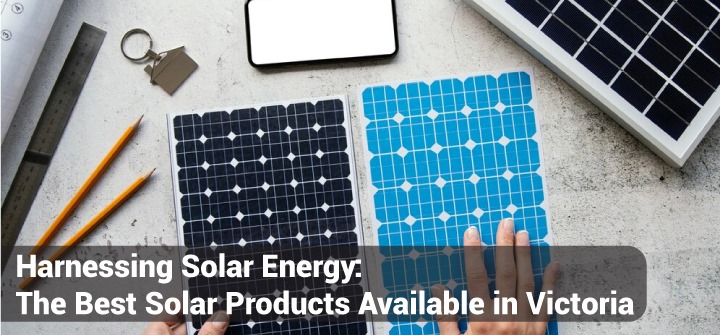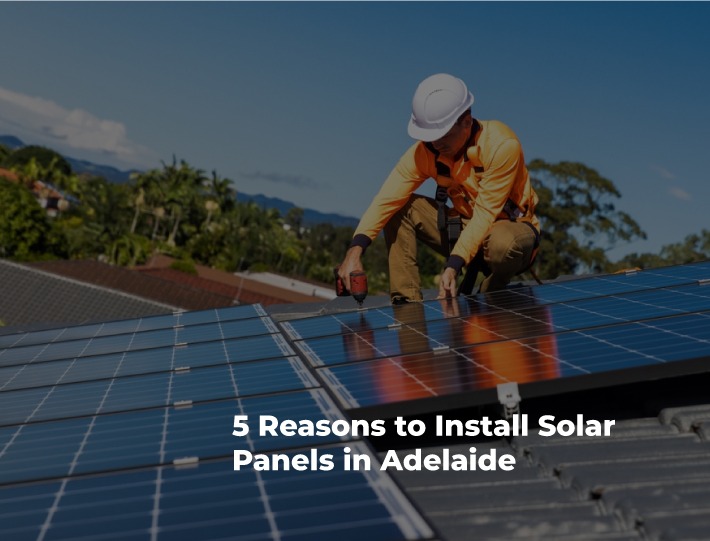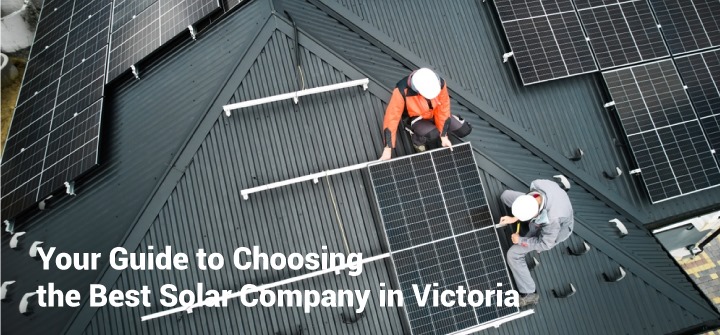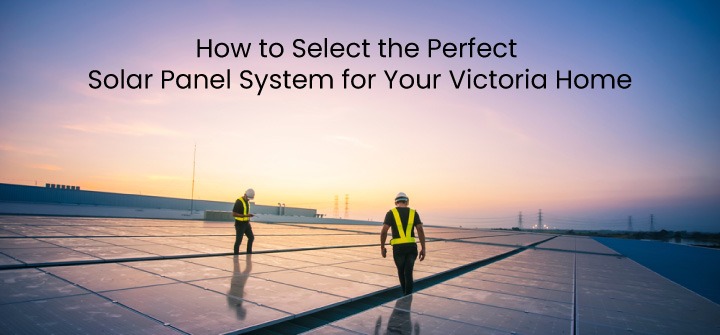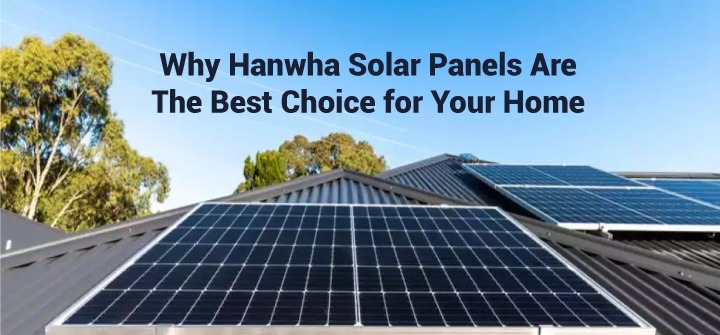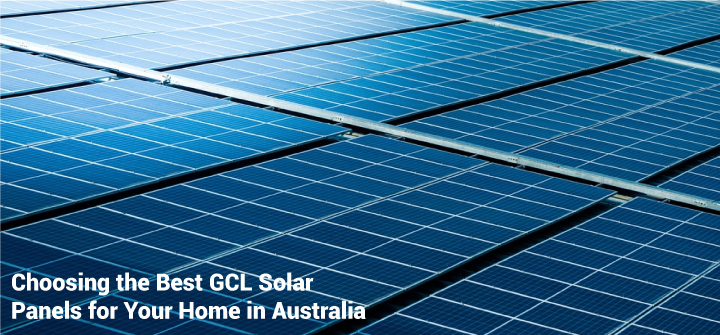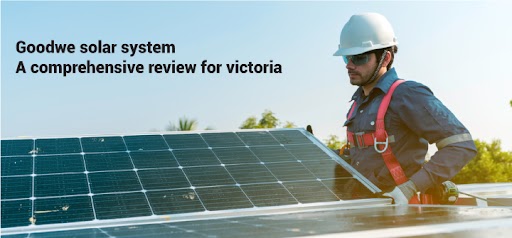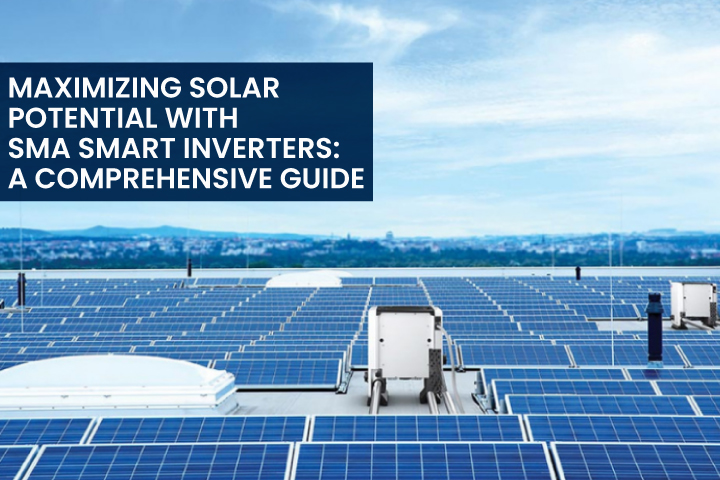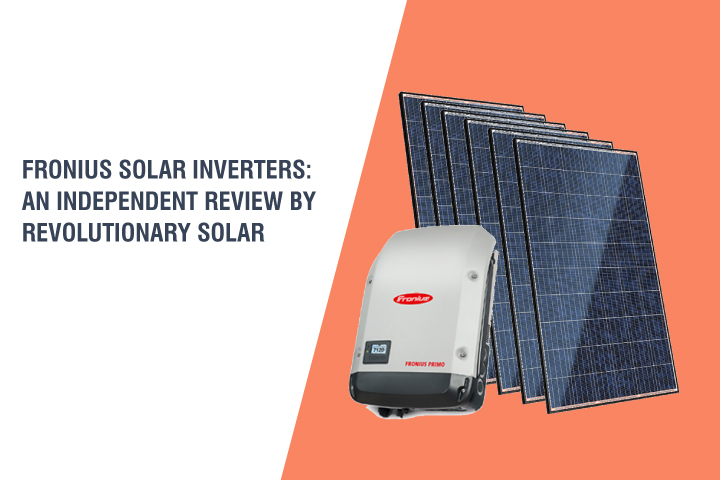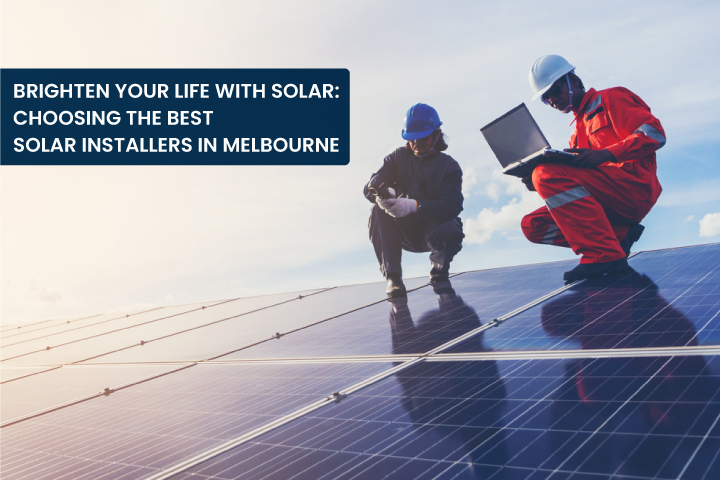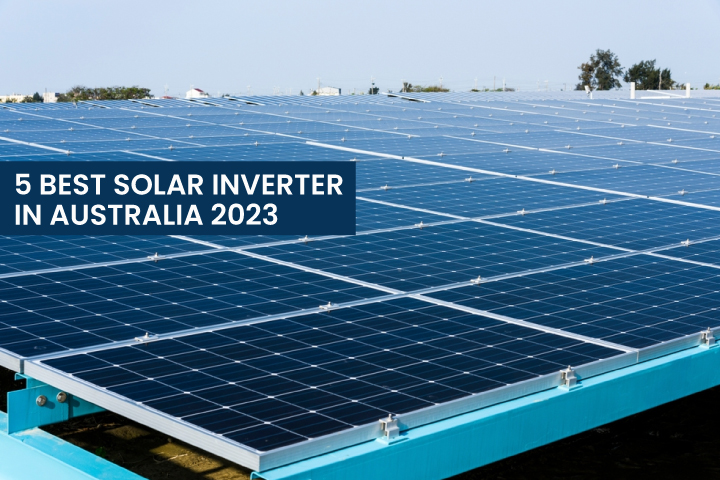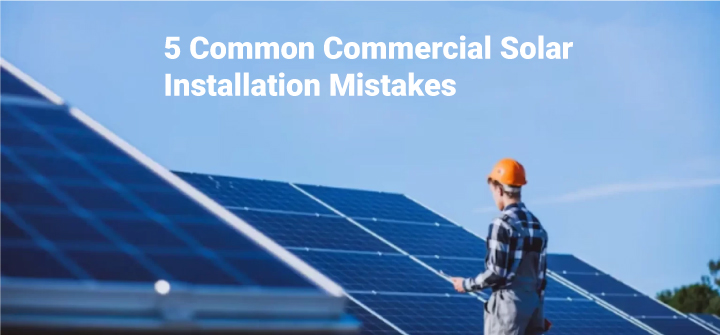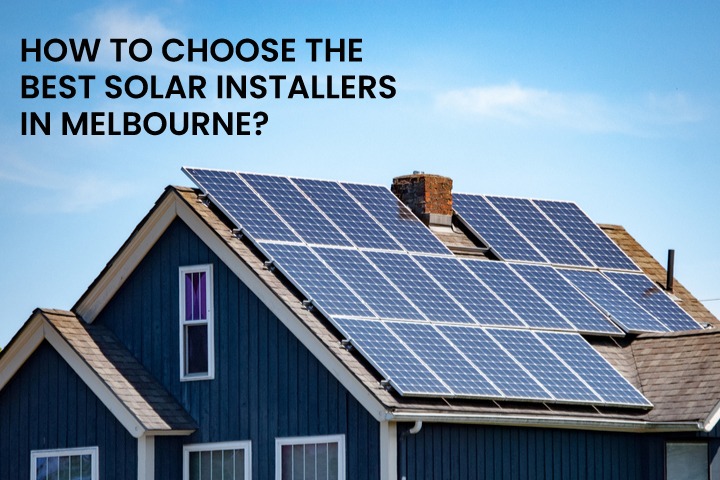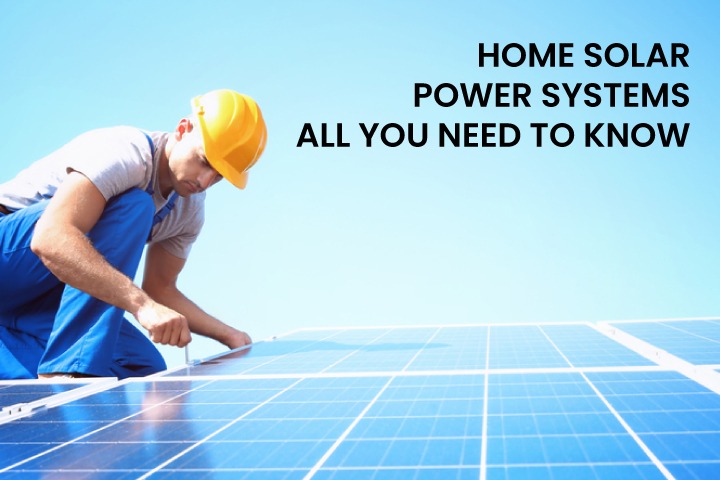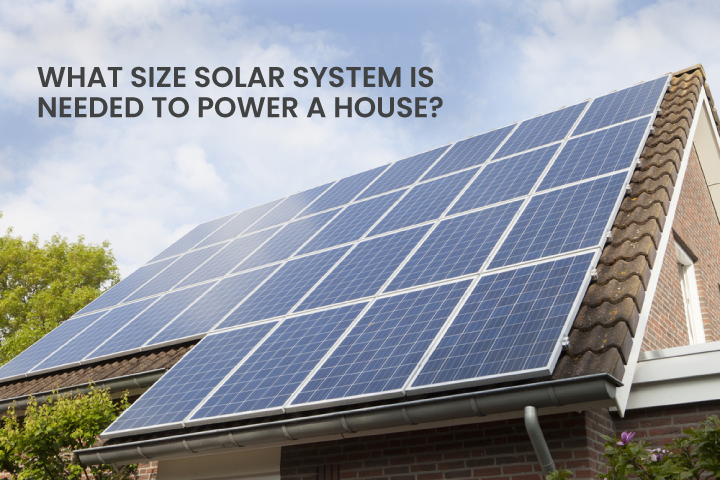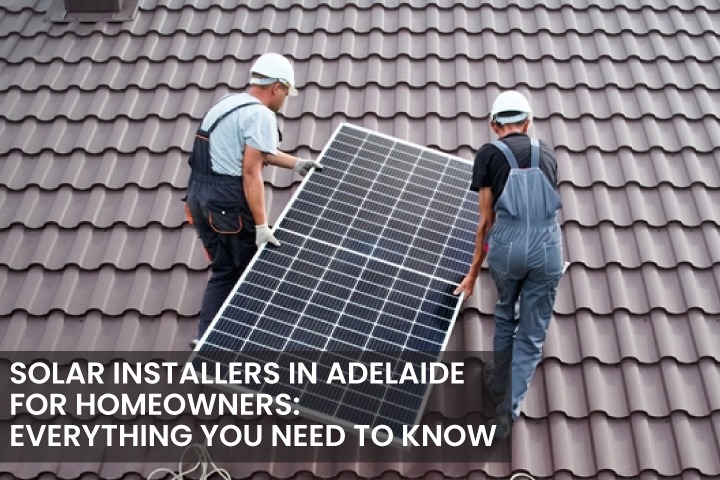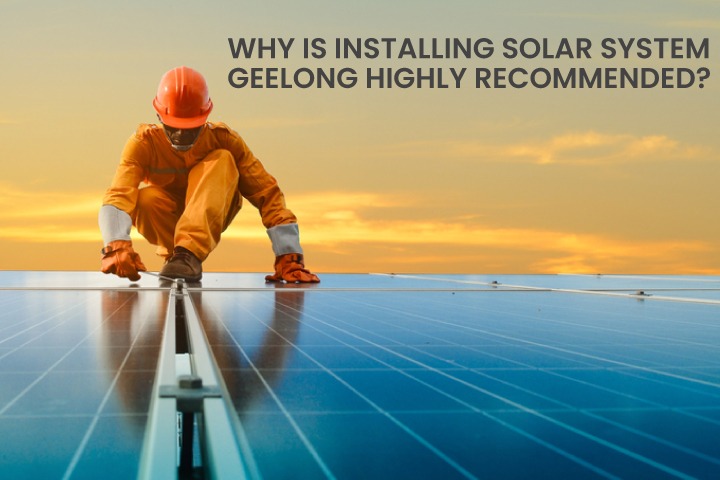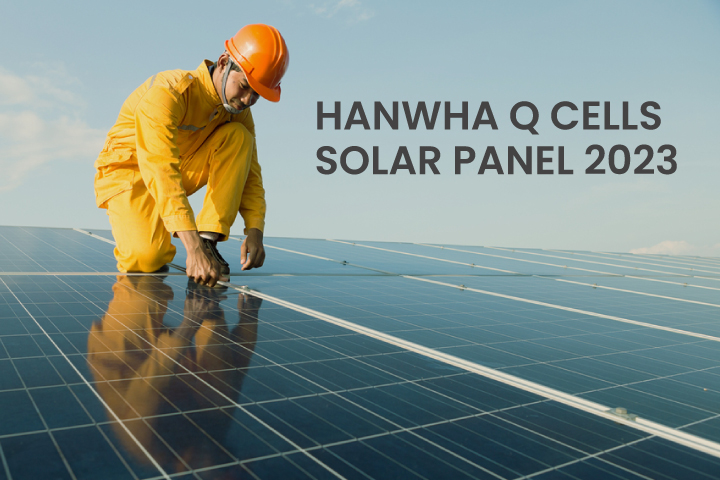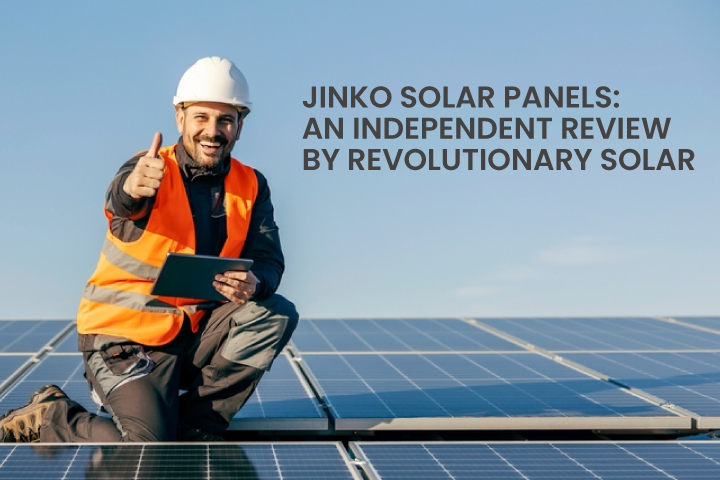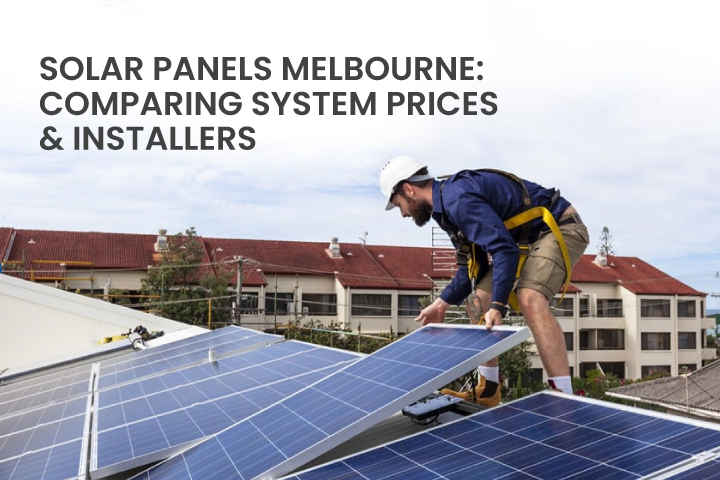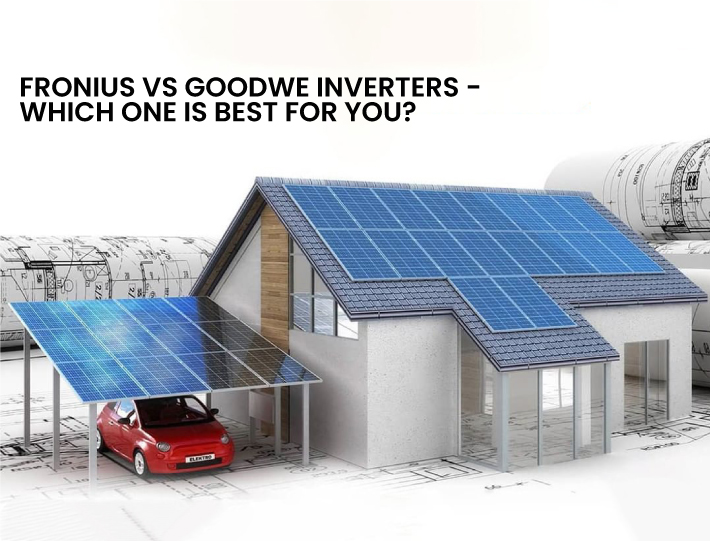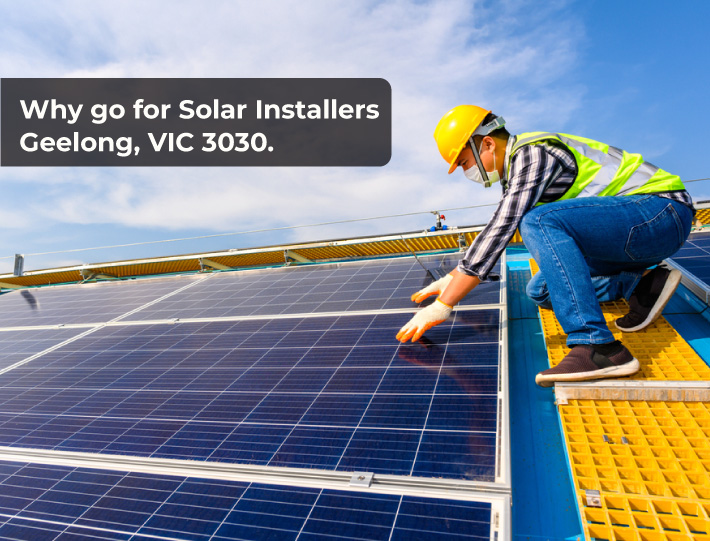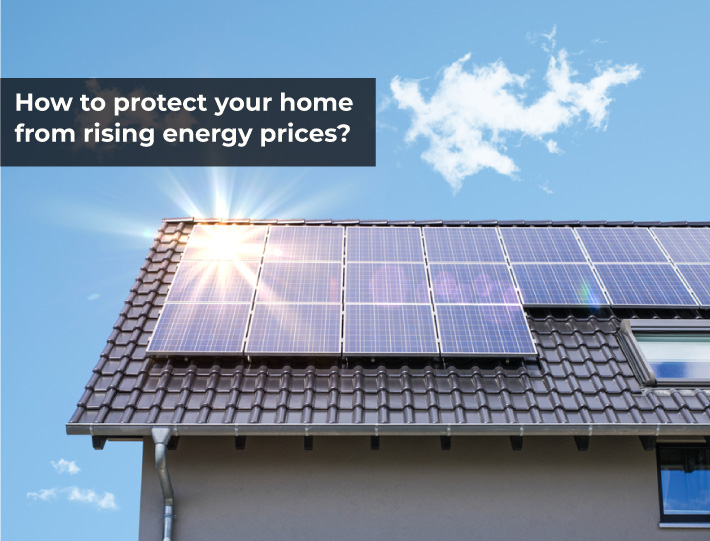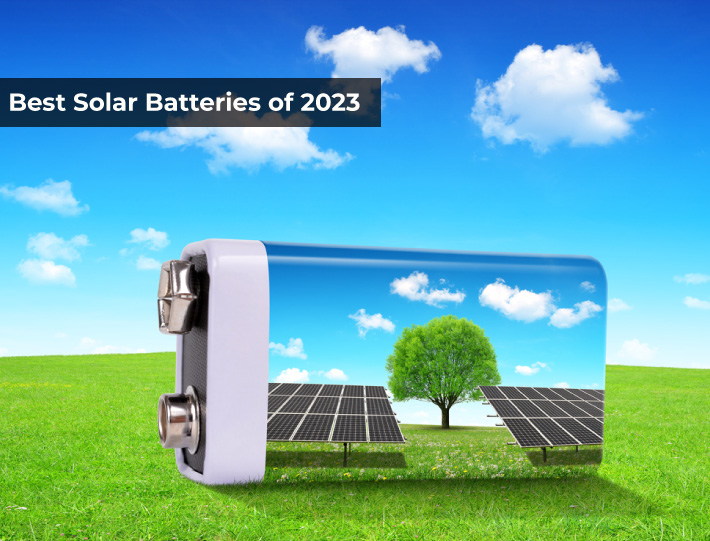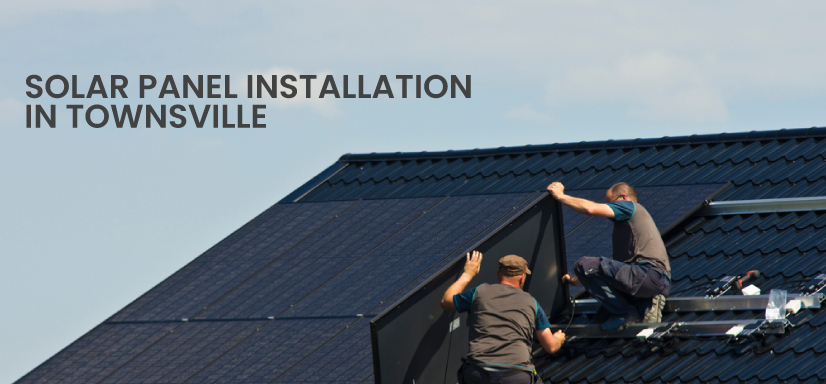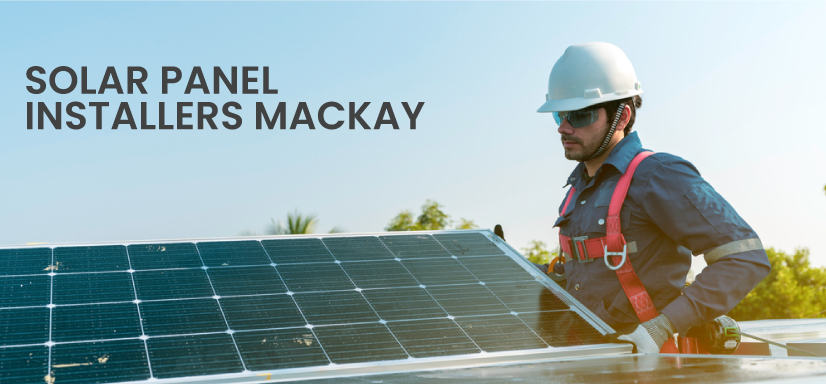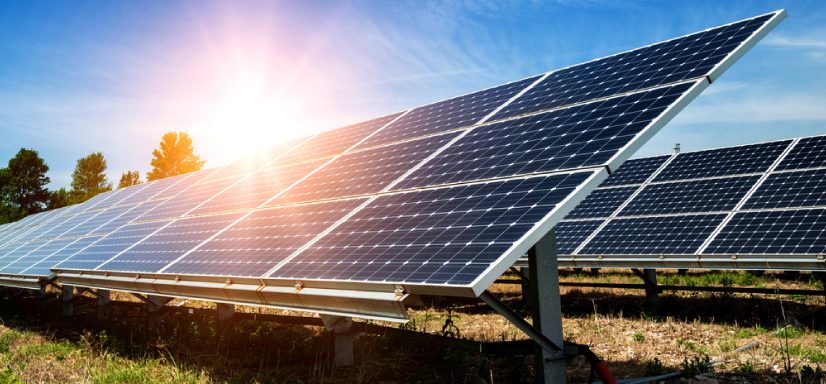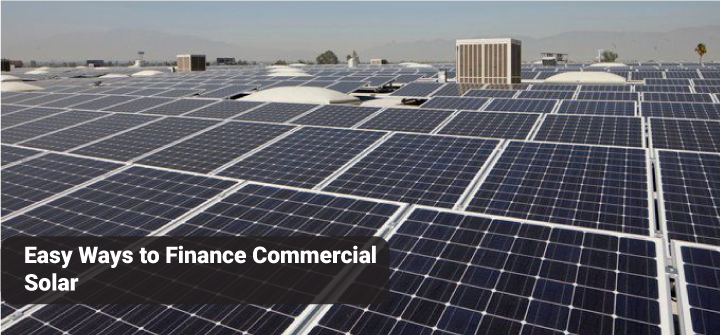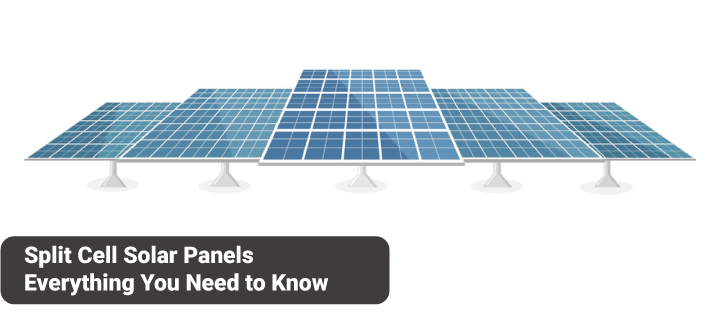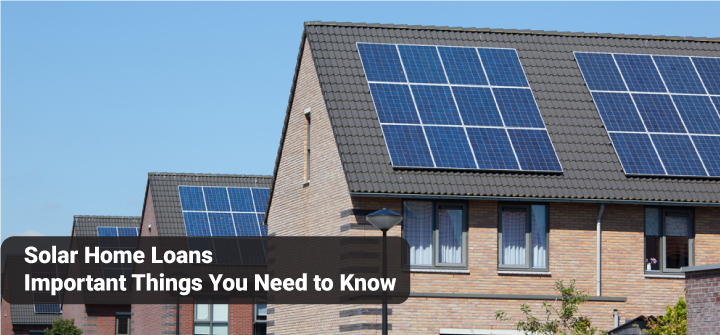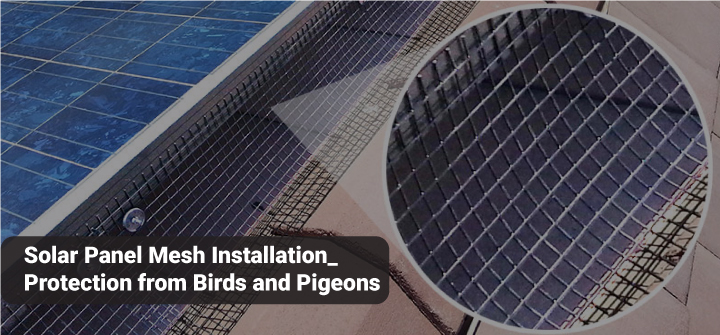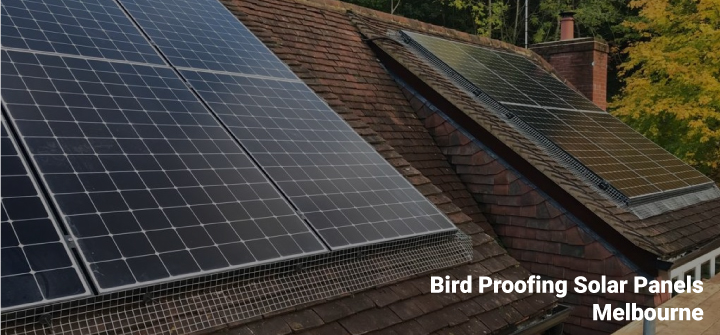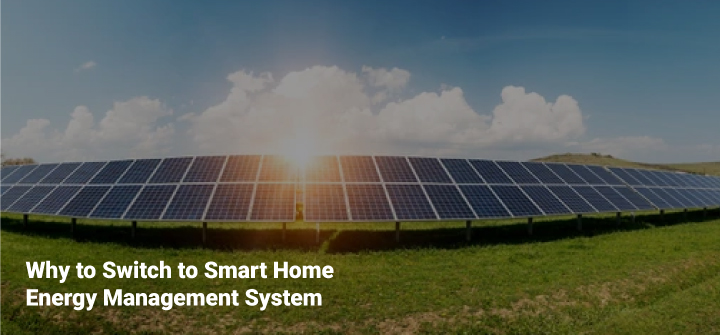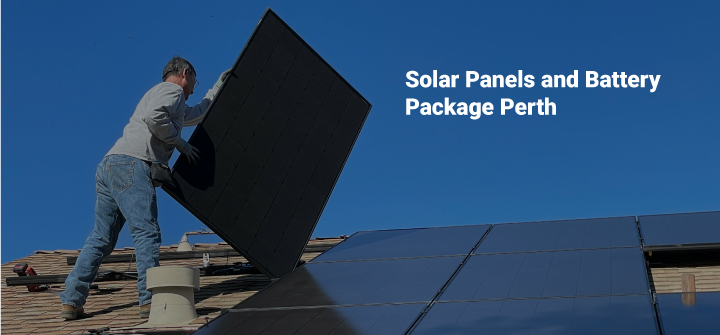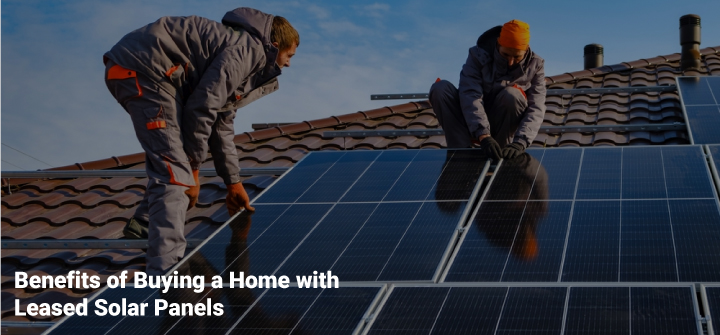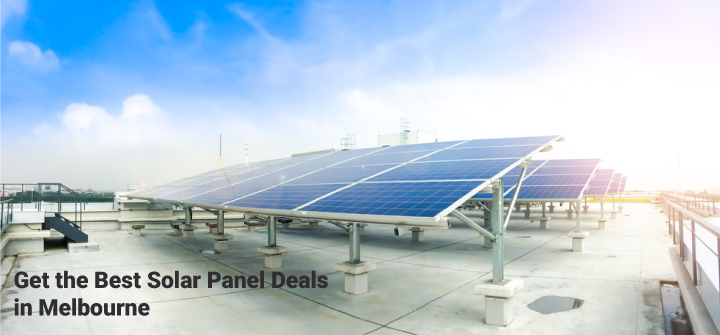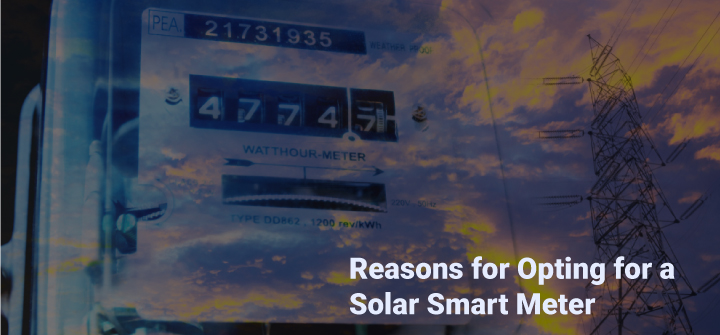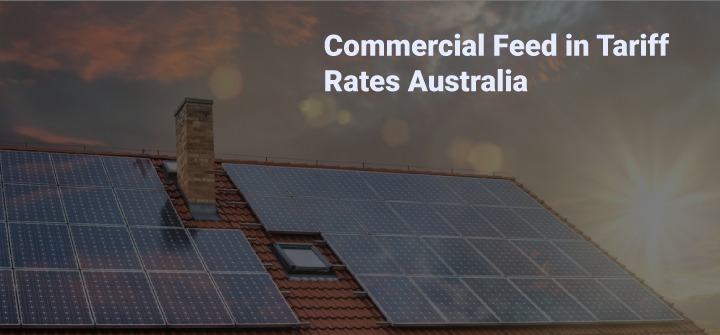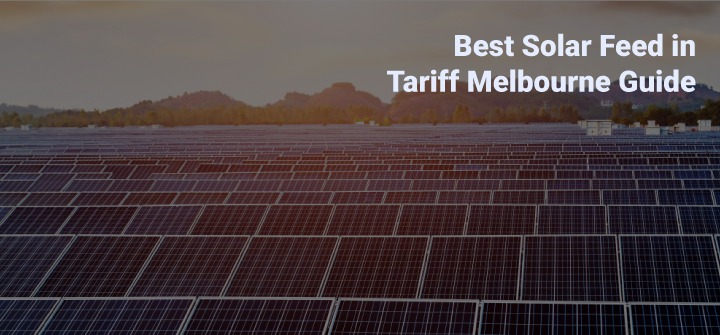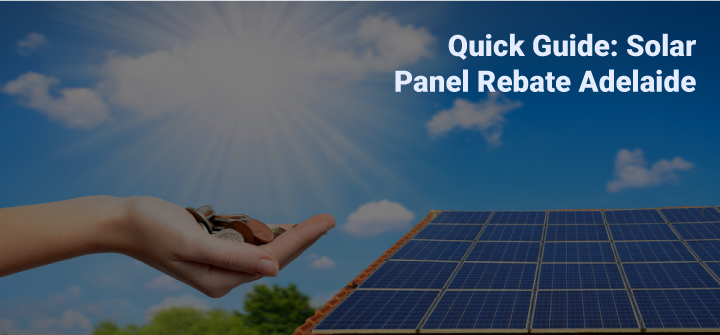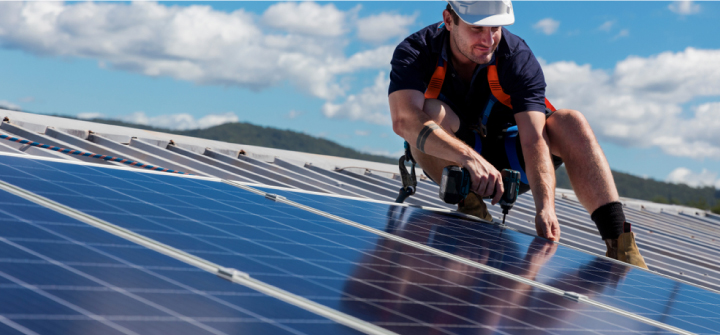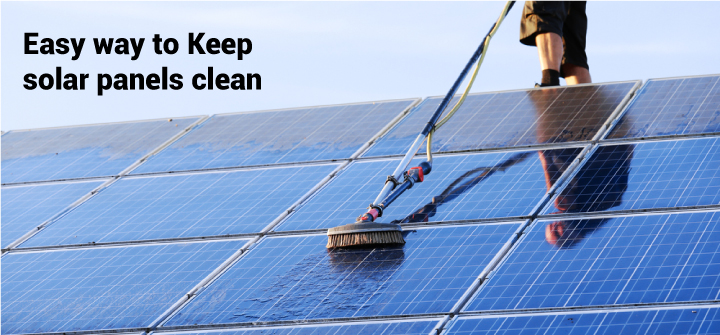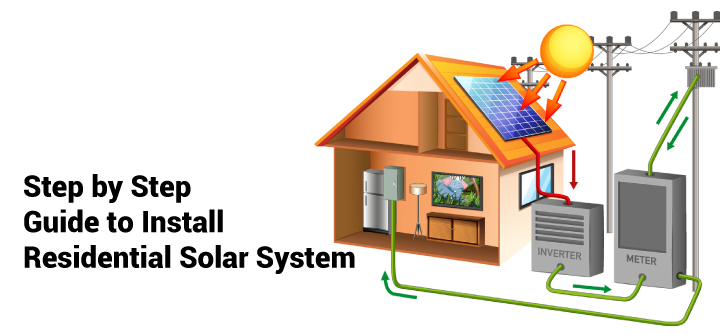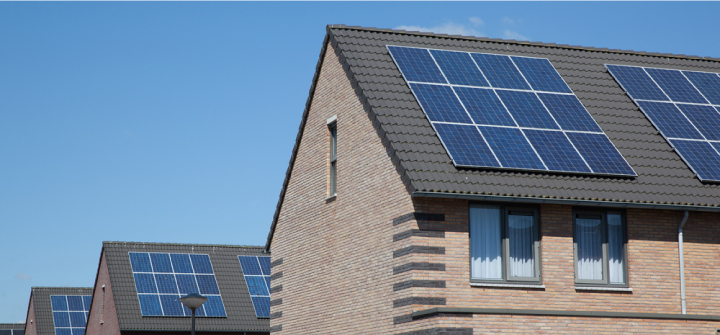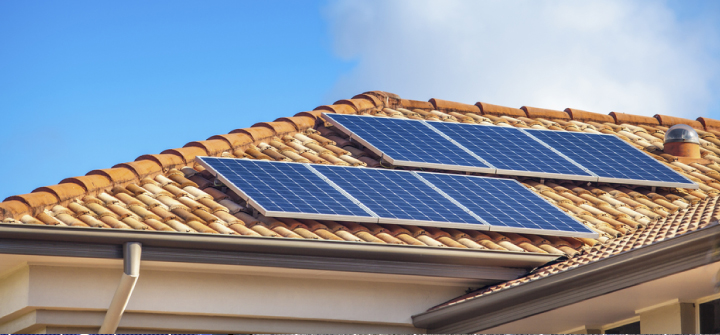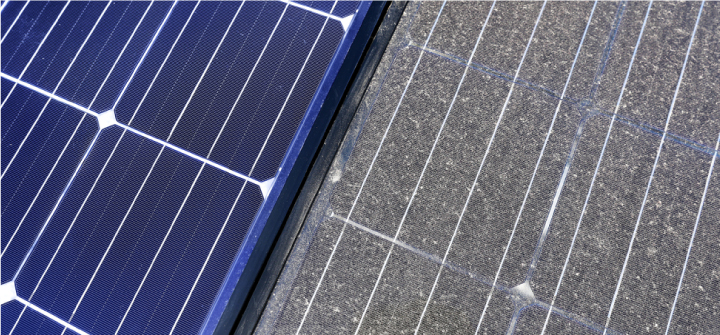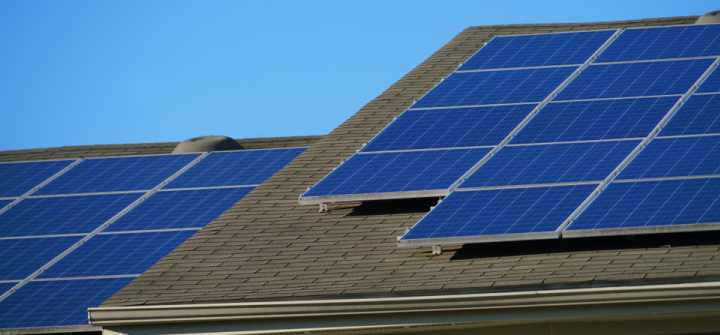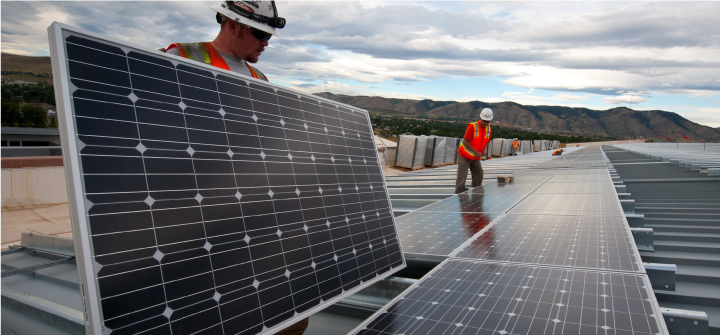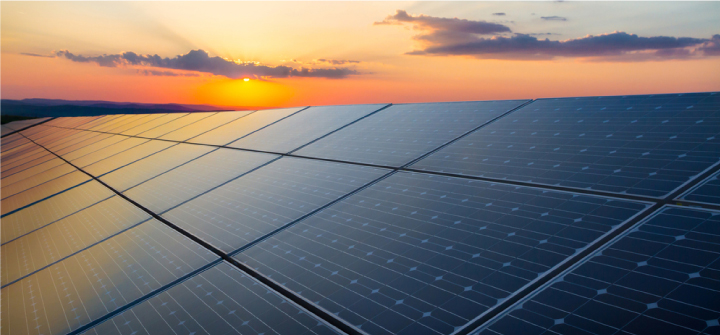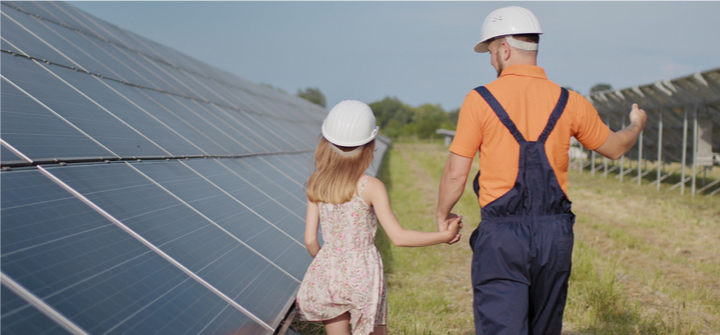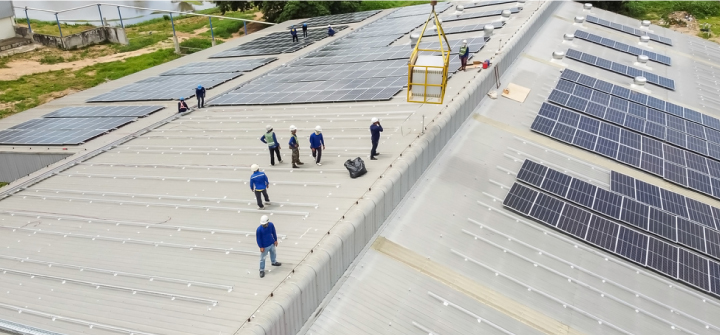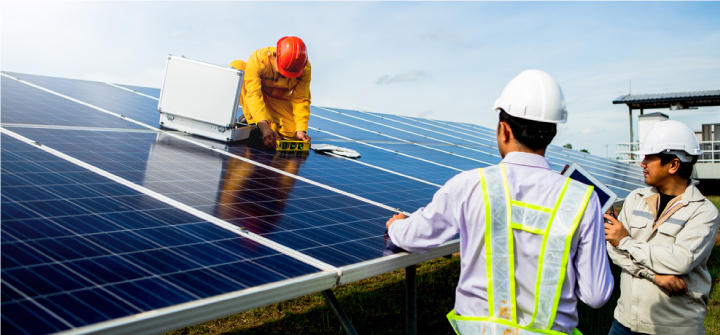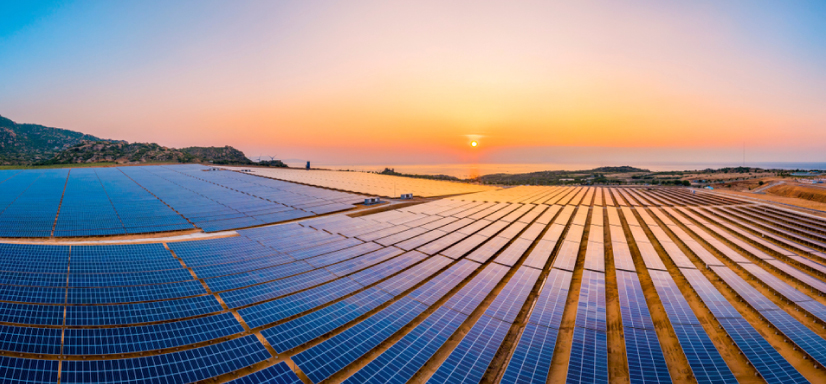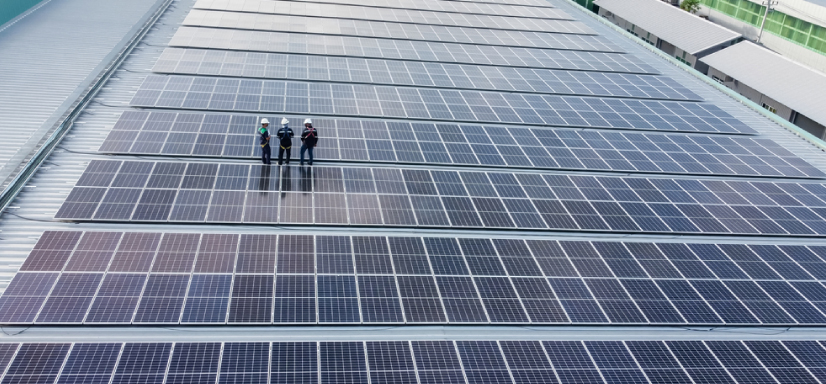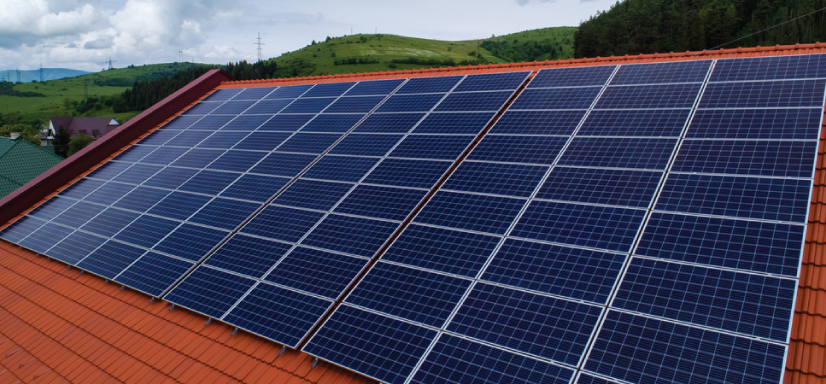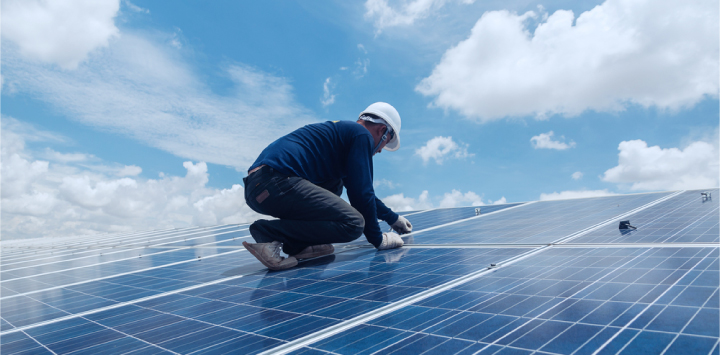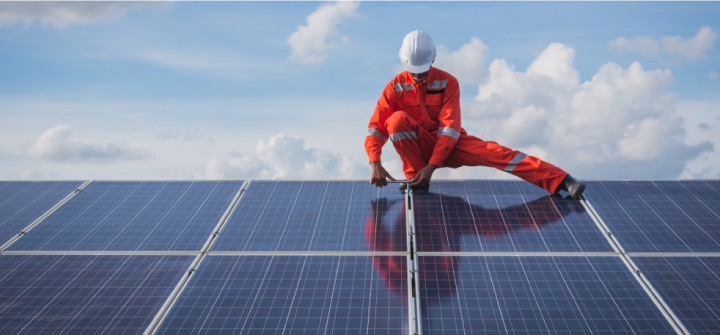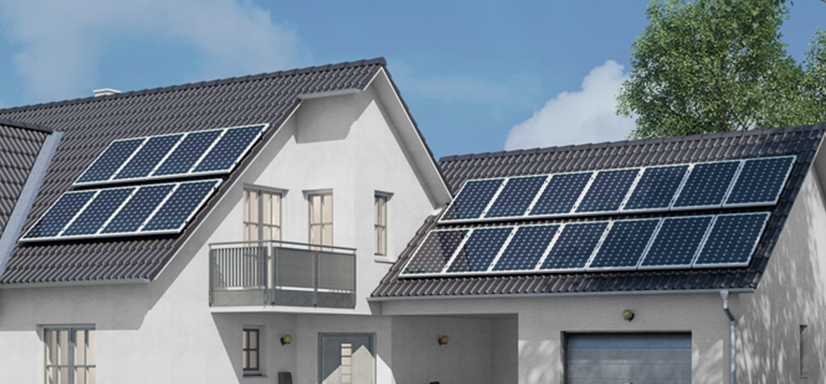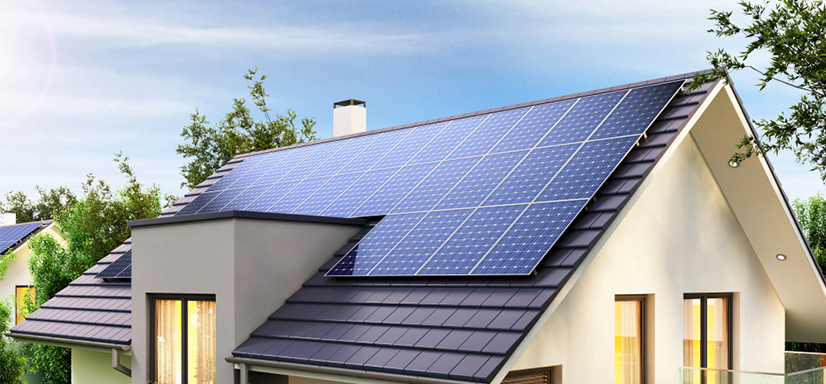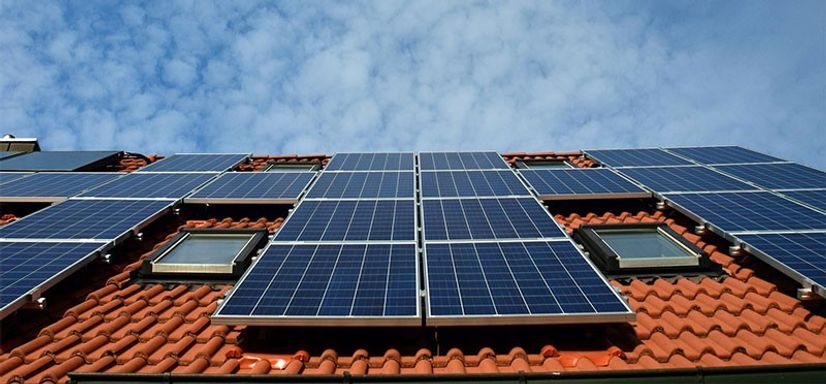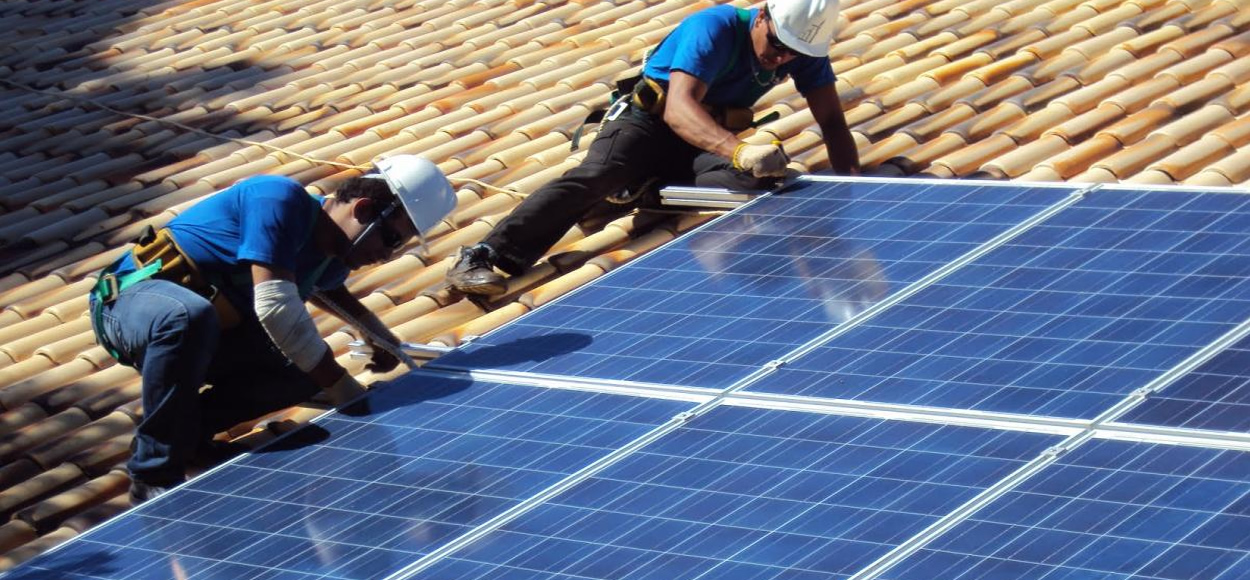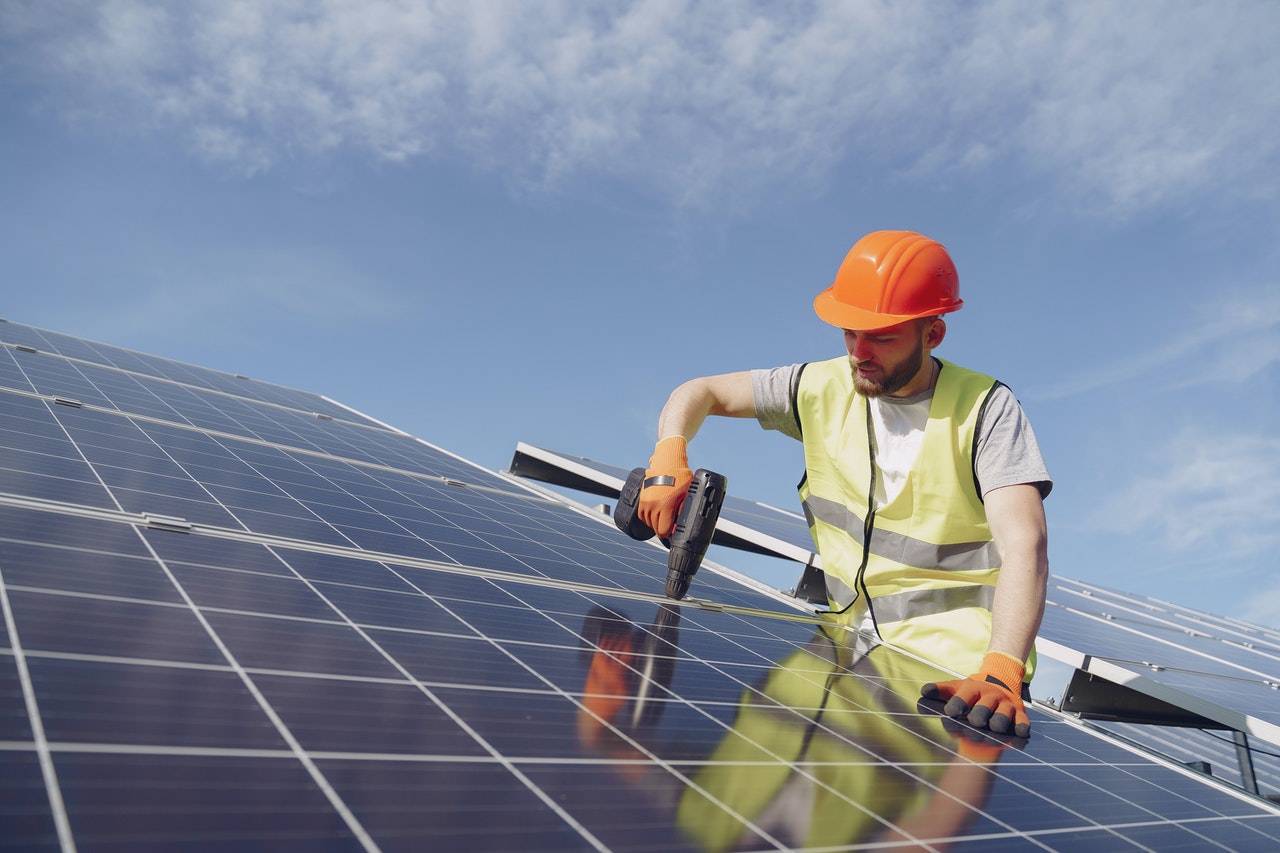
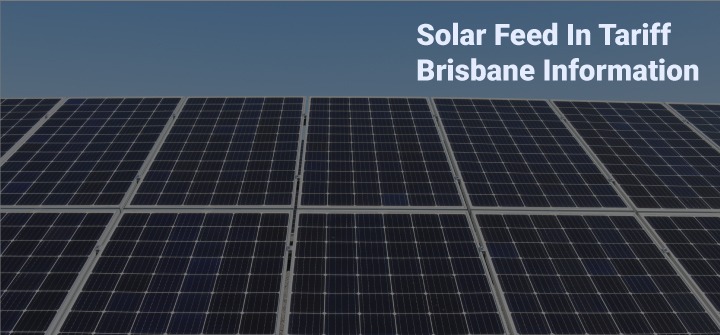
Solar feed-in tariff Brisbane information
Voluntary Retailer Contributions in Queensland encompass the current solar feed-in tariffs in Brisbane, the Gold Coast, and the Sunshine Coast as far north as Noosa. This implies power merchants are not required to pay for solar energy exported to the grid, although in most situations they do.
What is a feed-in tariff?
A feed-in tariff is a payment made by an electricity provider to a homeowner when excess energy from their solar power system is delivered to the electrical grid, and is often shown on your monthly electricity bill. In Queensland, solar feed-in tariffs in cities such as Brisbane, the Sunshine Coast, and Gold Coast are covered by 'Voluntary Retailer Contributions,' meaning an electricity supplier is not required to pay anything for exported electricity to the grid (but they normally do).
The following feed-in tariff rates were in effect in South-East Queensland in January 2022.
- 5c to 12c per kilowatt-hour for AGL
- Australia: 6,6 cents per kilowatt-hour for energy
- Three cents – ten cents per kilowatt-hour
- Currently, diamond costs 7 cents per kilowatt-hour
- Utilize our power retailer comparison tool for the most up-to-date pricing from these and other businesses.
Higher solar feed-in tariff rates from QLD power retailers will not always result in cheaper electricity costs for solar homeowners. While this article does not particularly examine Queensland retail plans and is a bit out of date, it indicates that plans with more generous solar feed-in tariffs are not necessarily the cheapest overall.
Regional Queenslanders Enjoy A Stable Feed-in Tariff.
For the 2021-22 fiscal year, the fixed feed-in tariff for regional consumers in rural and remote Queensland is set at a buyback rate of 6.58 cents. Previously, the biggest system that could be built in regional Queensland to qualify for feed-in tariffs was 5kW. (inverter capacity). In September 2017, however, the maximum was doubled to 30 kW of total rated inverter capacity.
Discover Feed-In Tariffs And Evaluate Electricity Distributors
Enter your postcode into convenient energy provider comparison tool to discover the current solar FiT incentive rates provided by a range of retailers in your region of Queensland by Solar Company Victoria.
Older and higher Feed-In Tariffs in Queensland
Prior to July 10, 2012, homeowners and businesses in Queensland that sought to install rooftop solar power systems were eligible for the state's Solar Bonus — a 44 cent feed-in tariff. This substantial buyback incentive is locked in until July 1, 2028, assuming no action is taken to eliminate it.
Maintaining a High Feed-In Tariff
To keep your high solar feed-in tariff rate in QLD, you must remain in your current location. This repurchase rate is forfeited if you relocate, sell the home, rent it out, or alter the name on the power account. The sole exception is when one person leaves the residence and the other remains.
You cannot increase the size of your solar inverter, but you may replace it with a unit of the same or a lesser size. You cannot install more solar panels if doing so would surpass the rated capacity of your system's inverter.
If you close your energy account, you also lose your high FiT, and the same holds true if you lose power. If you are unable to pay your power bills due to financial hardship, losing your high solar feed-in tariff might make it much more difficult.
